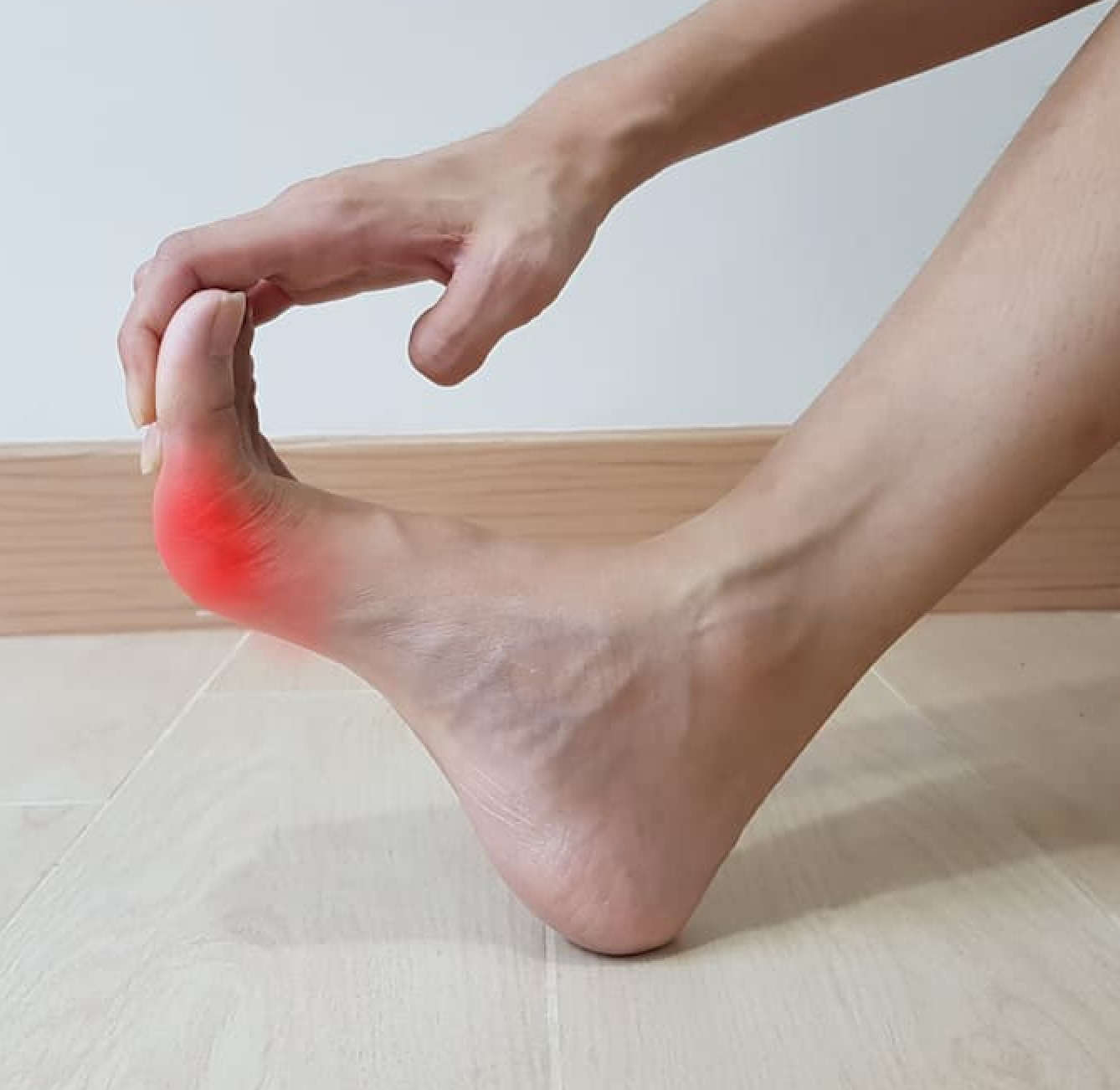News
Article
EULAR Announces Guidelines on Diagnosis, Management of Crystal-Induced Arthropathies
Author(s):
The guidelines will help clinicians when applying imagine techniques for all common CiAs and include the full spectrum of imaging in clinical practice, including diagnosis, monitoring disease activity, treatment response, and the prediction of outcome.
Credit: Adobe Stock/Joel bubble ben

The European Alliance of Associations for Rheumatology (EULAR) announced its guidelines on the use of imaging in the clinical management of crystal-induced arthropathies (CiAs).1 The purpose of these guidelines is to help clinicians when applying imagine techniques for all common CiAs and include the full spectrum of imaging in clinical practice, including diagnosis, monitoring disease activity, treatment response, and the prediction of outcome. These guidelines are also useful for healthcare providers when making decisions regarding management in terms of imagining in this patient population.
“These are the first recommendations that encompass the major forms of CiA and guide the use of common imaging modalities in this disease group in clinical practice,” wrote an international team comprised of 25 rheumatologists, methodologists, radiologists, healthcare professionals, and patient research partners from 11 countries.
The team considered the heterogeneous clinical phenotype of these diseases during the development of these guidelines.
Overall, 5 principles and 10 recommendations were developed.
The overarching statements are as follows:
- CiAs are typically characterized by intermittent, acute episodes of inflammation. However, they may also exhibit a persistent disease course with or without superimposed flares.
- Imaging in CiAs provides useful information on crystal deposition, inflammation, and structural damage
- The presence of imaging abnormalities, particularly those related to crystal deposition, may not always be related to clinical manifestations
- Patient information, including medical history, physical and laboratory examination, synovial fluid and tissue analysis, should be taken into account when considering imaging in CiAs
- Imaging in CiAs should be performed and interpreted by trained healthcare professionals
The recommendations based on available research evidence are as follows:
- When conducting imaging in CiAs, both symptomatic areas and disease-specific target sites, such as first metatarsophalangeal in gout, knee and wrist in calcium pyrophosphate deposition (CPPD), shoulder in basic calcium phosphate deposition (BCPD), should be considered
- During the diagnostic assessment of gout, ultrasound and dual-energy computed tomography (DECT) are recommended imaging modalities
- When characteristic features of monosodium urate (MSU) crystal deposition on ultrasound, such as double-contour sign or tophi, or on DECT are identified, synovial fluid analysis is not needed to confirm a diagnosis of gout
- During the diagnostic assessment of CPPD, conventional radiography (CR) and ultrasound (or CT if axial involvement is suspected) are recommended imaging modalities
- During the diagnostic assessment of BCPD, imaging is necessary. CR or ultrasound is the recommended modality.
- In gout, ultrasound and DECT can be used to monitor crystal deposition and in case of ultrasound, also inflammation. Both modalities provide additional information in addition to clinical and biochemical assessment. In case ultrasound/DECT are not available, CR can be used to assess structural damage due to gout. The decision on when to repeat imaging depends on the clinical circumstances.
- In CPPD and BCPD, serial imaging is not recommended unless there is an unexpected change in clinical characteristics
- In gout, assessing the amount of MSU crystal deposition by ultrasound or DECT may be used to predict future flares
- If synovial fluid analysis is required in the assessment of CiAs, ultrasound guidance should be used in cases where aspiration based on anatomical landmarks is challenging
- Showing and explaining imaging findings of CiAs to people with such conditions may help them understand their condition and improve treatment adherence in gout
The team encourages future research to investigate which imaging techniques provide the best early and accurate diagnosis of CiAs as well as determine the utility of DECT and ultrasound in monitoring crystal deposition and inflammation. They are also interested in the diagnostic performance of emerging advanced imaging techniques in this patient population and want to assess the utility of presenting and discussing imaging findings to patients with crystal-induced arthropathy regarding disease management.
References
- Mandl P, D'Agostino MA, Navarro-Compán V, et al. 2023 EULAR recommendations on imaging in diagnosis and management of crystal-induced arthropathies in clinical practice. Ann Rheum Dis. Published online February 6, 2024. doi:10.1136/ard-2023-224771





